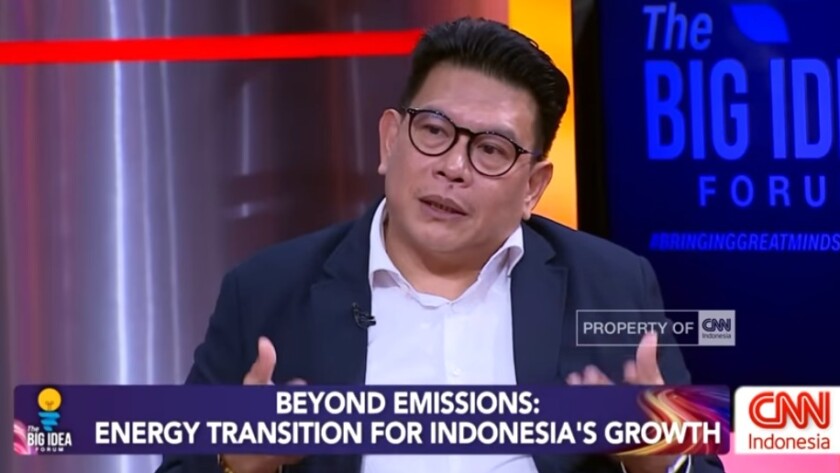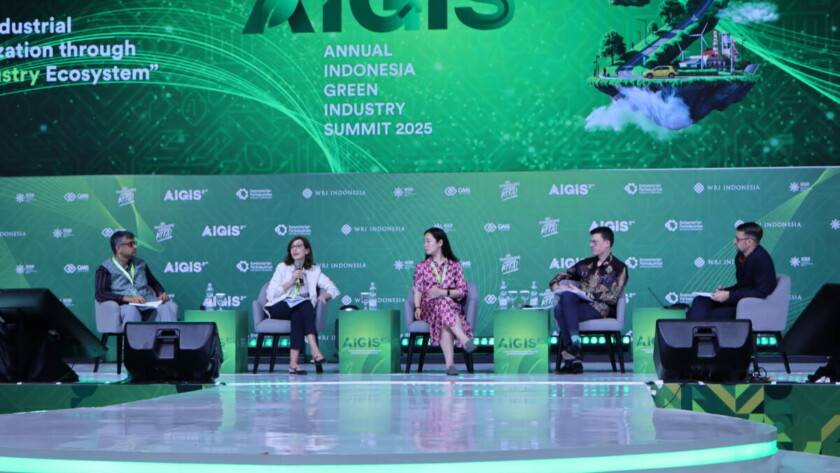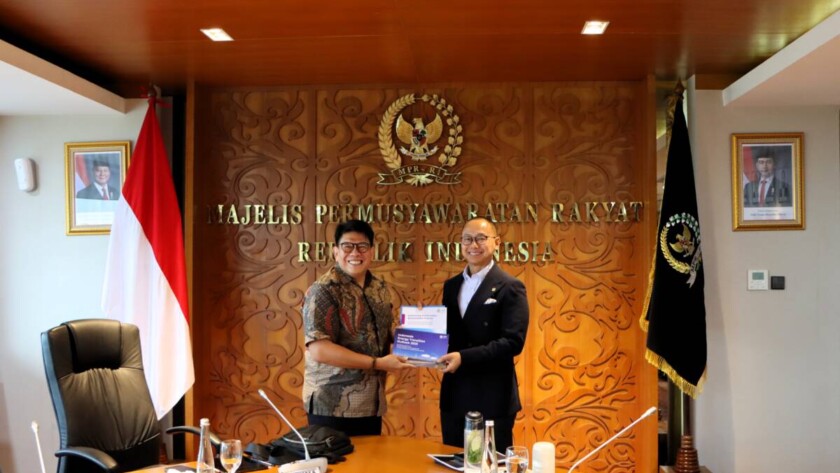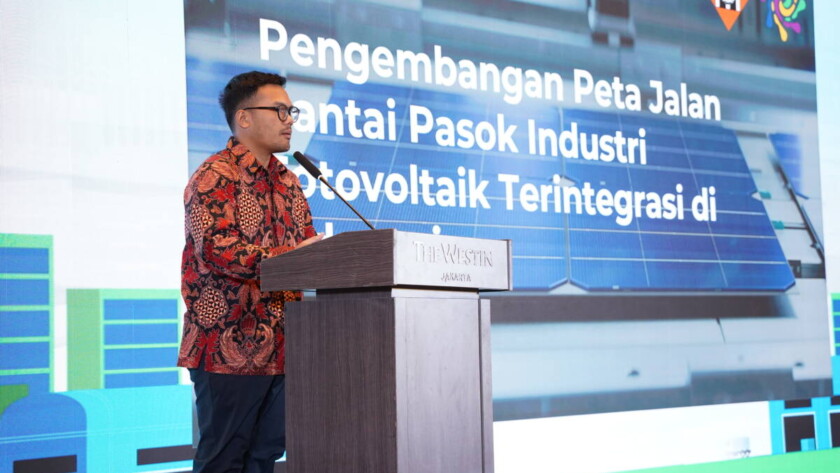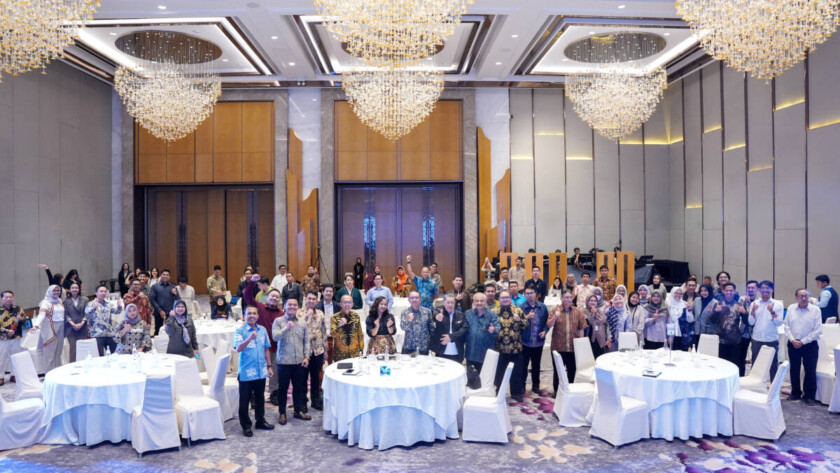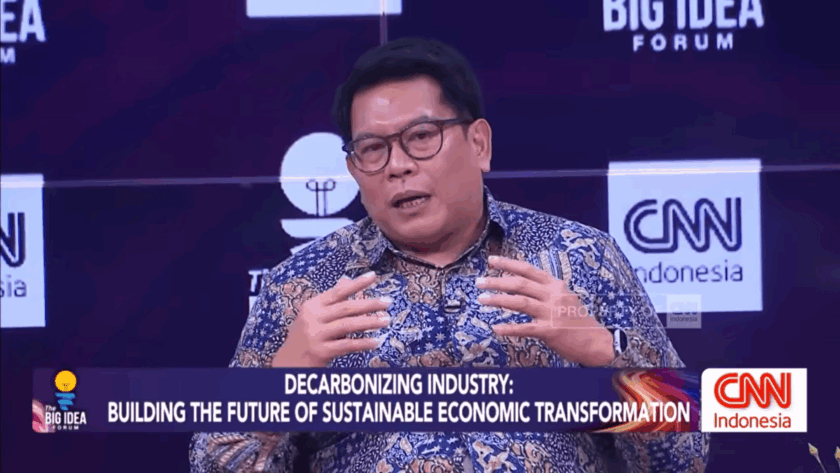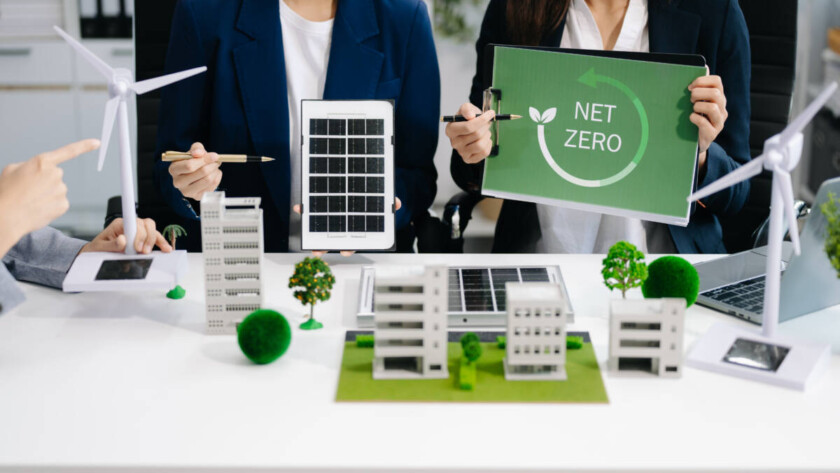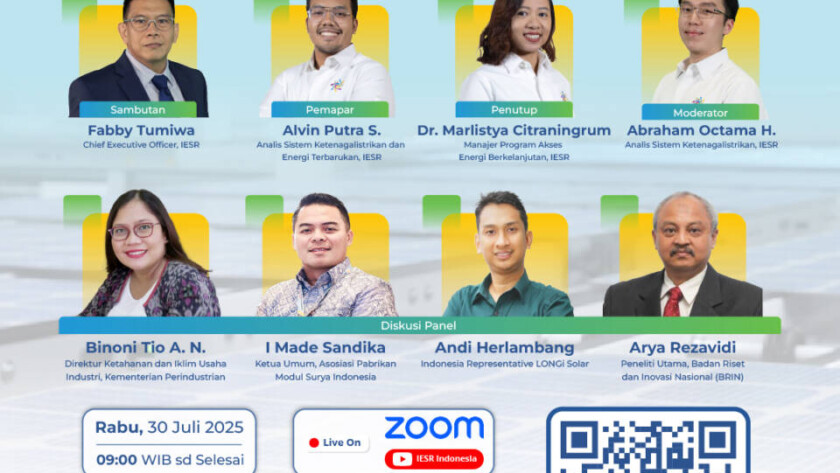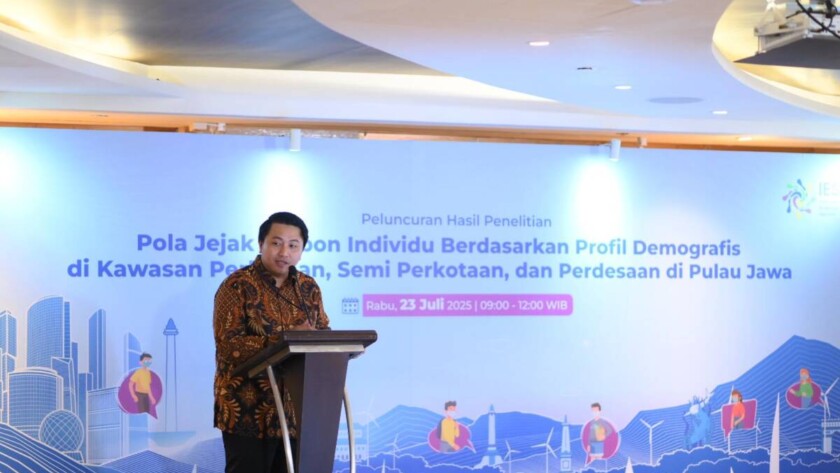Jakarta, August 21, 2025 - The government plays a crucial role in accelerating the energy transition in Indonesia. In addition to creating programs that support renewable energy development, the government must also provide incentives for companies and the public to invest in renewable energy technologies. One program worth considering is the Rooftop Solar Power Plant…
